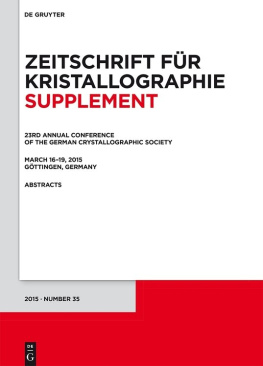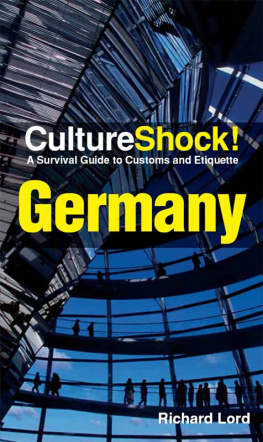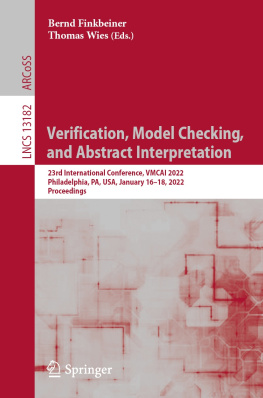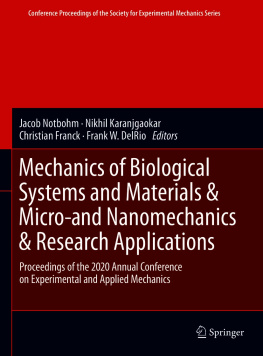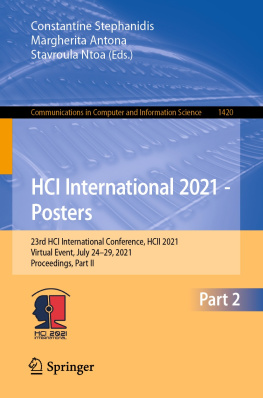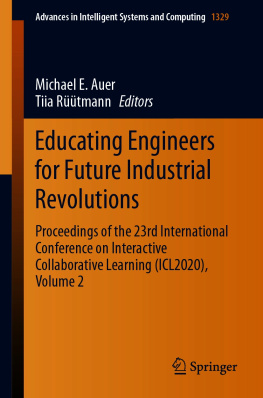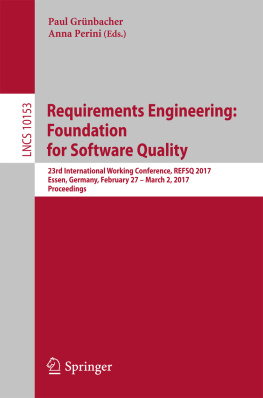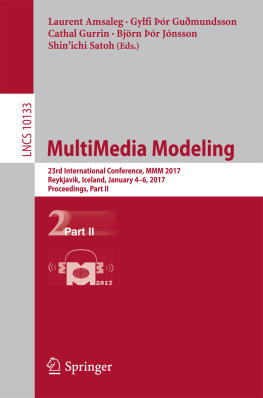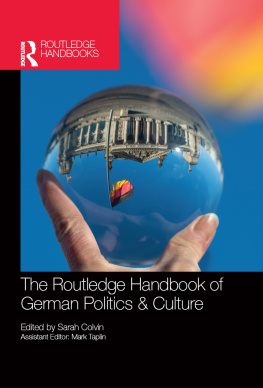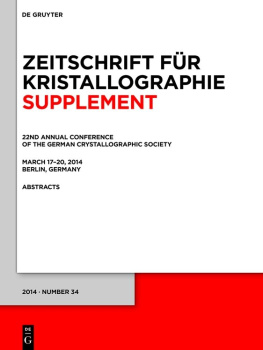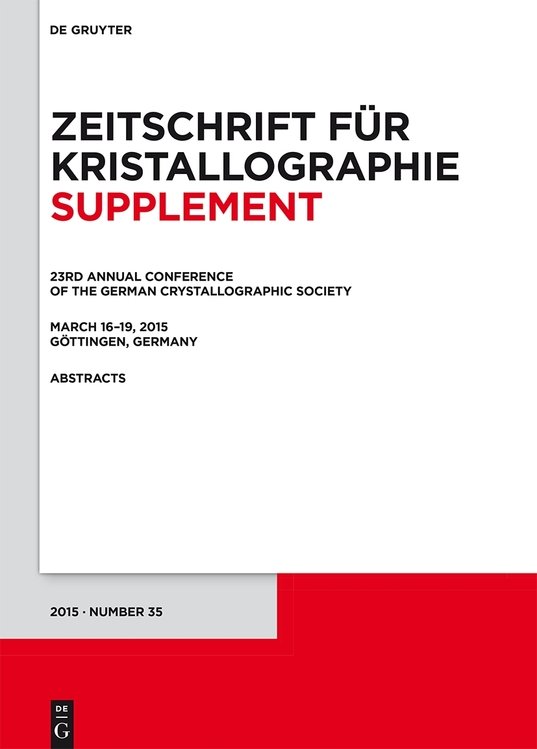P1
Materials Crystallography
B. Iversen 1
1 Aarhus University, Center for Materials Crystallography, Department of Chemistry & iNANO, Aarhus, Denmark
Materials science projects typically revolve around synthesis, structure investigation and property characterization. Knowledge about the 3D structure of molecules, nano-particles and crystals is essential for understanding, designing and manipulating chemical behavior or physical properties of materials, and rapid development of crystallographic methods continue to push the boundaries of materials science. In this talk I will discuss recent applications of in-situ crystallography and charge density crystallography in materials science. Using unique in-situ supercritical reactors and synchrotron radiation it is possible to follow evolving atomic structure during nanoparticle formation using total scattering methods [1, 2]. Highly accurate Bragg diffraction data provide insight into the electron density distributions in crystals and recent advances include studies of heavy atom materials and powder diffraction charge density analysis [3, 4].
[1] Evolving atomic structure during nanoparticle formation, C. Tyrsted et al., IUCr-J 2014, 1, 165-171
[2] In Situ Studies of Solvothermal Synthesis of Energy Materials, K. M.. Jensen et al., ChemSusChem 2014, 7, 1594-1611
[3] Contemporary X-ray Electron Density Studies using Synchrotron Radiation, M. R. V. Jrgensen et al., IUCr-J 2014, 1, 267-280
[4] Nuclear-weighted X-ray maximum entropy method - NXMEM, S. Christensen et al., Acta Crystallogr. Sect. A 2015, 71, 9-19
P2
Optimization of Anomalous Diffraction Analysis for Biomolecules
W. Hendrickson 1
Columbia University, Biochemistry and Molecular Biophysics, New York, United States
Anomalous diffraction has proved to be highly effective for phase evaluation in de novo structure determination and for elemental identifications in macromolecular studies. Although early protein structures were all analyzed by isomorphous replacement methods, now anomalous diffraction methods predominate. Analyses from multi- and single-wavelength anomalous diffraction (MAD and SAD) experiments have produced more than 80% of all de novo macromolecular structures obtained so far in the 21st century, and SAD alone accounted for more than 70% of those reported in 2013 (Hendrickson, Quart. Rev. Biophys. 47, 49-93). Phase evaluation from anomalous diffraction depends on the strength of anomalous scattering factors, which gives us opportunities for optimization. For conventional MAD experiments and SAD studies performed at resonance, the strength of anomalous signals depends on energy resolution in the x-ray beam. For SAD experiments conducted away from a resonance condition, the strength of f depends on closeness of approach to a resonance edge. Light elements that are relatively prevalent in biological macromolecules (Z = 15-20; P, S, Cl, K, Ca) can be effective scatterers for SAD phasing provided that the experiment uses x-rays of relatively low energy. We have devised robust SAD-phasing procedures to study native, light-atom-only biological structures. We enhance the signal-to-noise in diffraction measurements by increasing f with a lower than usual x-ray energy and by reducing noise with data combined from multiple crystals. Low energy has also facilitated elemental identitifications for Ca, Cl, S, P and Mg through f scattering factor refinements. In addition, we are developing a new microdiffraction beamline, NYX at NSLS-II, for optimized resonance experiments, and we have planned a companion beamline, LAX, for low-energy anomalous x-ray diffraction. I will discuss these and other developments aimed at optimizing the effectiveness of anomalous diffraction experiments for biological macromolecules.
P3
Crystallography without crystals?
A. Goodwin 1
University of Oxford, Inorganic Chemistry Laboratory, Oxford, Great Britain
This talk will explore the extent to which scattering techniques might allow robust structural characterisation of systems exhibiting varying degrees of correlated disorder. Drawing on examples of amorphous network solids, nanoparticles, cooperative paramagnets, and proteins, this talk will seek to establish qualitative criteria for assessing which problems of structural disorder might be solvable.
P4
Trapping liquid drugs inside crystals
A. Bacchi 1
University of Parma , Dipartimento di Chimica, Parma, Italy
The objective of this work is to find a systematic way to embed liquid or volatile molecules inside crystalline materials, with the multiple aims of stabilizing them, of tuning their possible ways of delivery in medicine or agrochemistry, and to explore new regulatory and intellectual properties issues. Liquid or volatile formulations of active pharmaceutical ingredients (APIs) are intrinsically less stable and durable than solid forms; in fact most drugs are formulated as solid dosage because they tend to be stable, reproducible, and amenable to purification. Most drugs and agrochemicals are manufactured and distributed as crystalline materials, and their action involves the delivery of the active molecule by a solubilization process either in the body or on the environment. The poor solubility of pharmaceutical active ingredients (API) or the reverse too high solubility of agrochemicals are problems often encountered in their formulation since these phenomena limit respectively the bioavailability of the API or the duration of the action of the agrochemical. However some important compounds for the human health or for the environment occur as liquids at room temperature. We have defined a benchmark of molecules relevant to human health and environment that have been combined with suitable partners according to the well known methods of crystal engineering in order to embed them in crystalline hosts. Our approach is twofoled, by using cocrystals and MOFs.
The formation of co-crystals has been demonstrated as a means of tuning solubility properties of solid phases, and therefore it is widely investigated by companies and by solid state scientists especially in the fields of pharmaceuticals, agrochemicals, pigments, dyestuffs, foods, and explosives. In spite of this extremely high interest towards co-crystallization as a tool to alter solubility, practically no emphasis has been paid to using it as a means to stabilize volatile or labile or liquid products. In this work we trap and stabilize volatile and liquid APIs and agrochemicals in crystalline matrices by engineering suitable co-crystals. These new materials alter the physic state of the active ingredients allowing to expand the phase space accessible to manufacturing and delivery. We also explore the possibility to include liquid APIs inside the pores of suitable designed MOFs, again with the aim of stabilizing their solid state formulation.
P5
Short-range order in silicate melts at high pressure
C. Sanloup 1
University Pierre et Marie Curie, Paris, France
Magmas are key objects in planetary sciences, whether that be in relation with present-day volcanism or during the early stages of planetary formation while part or most of the Earth was molten. They are indeed the most efficient carriers of heat and matter between the planetary envelopes (core, mantle, crust, atmosphere).
Understanding the macroscopical physical properties of magmas requires an accurate microscopic structural description. Despite the lack of periodicity and long-range order, melts retain a characteristic short-range order, which obeys basic crystal-chemical rules. However, until recently only a limited amount of information existed about changes in silicate melts structure with temperature (T) or pressure (P), as magmas are essentially high pressure objects, being formed at depth.

